Environmental Portraits
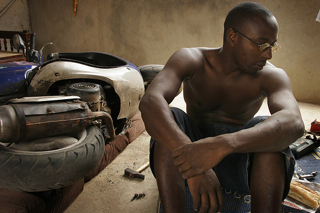
While I had taken thousands of shots of our baby I thought it’d be fun to go in for our photo shoot – after all it was free and I’m always interested to see how other photographers work.
There is a lot that I could say about the shoot and the photographer (I’ll refrain from getting too picky) but one of the main things I came away reflecting upon is how much more I prefer location oriented (or environmental) portrait photography than studio based photography.
While I know a good photographer can work wonders in a studio (I’m not so sure the photographer we had fit in the ‘good’ photographer category) shooting in a location where the subject is comfortable and has some familiarity with has a lot going for it.
By ‘on location’ or ‘environmental’ portraits I mean portraits taken of people in a situation that they live in (work, rest or play) and/or a place that says something about who they are. Before I get into some ‘how to’ tips for taking environmental portraits let me chat a little about ‘why’ I like them.
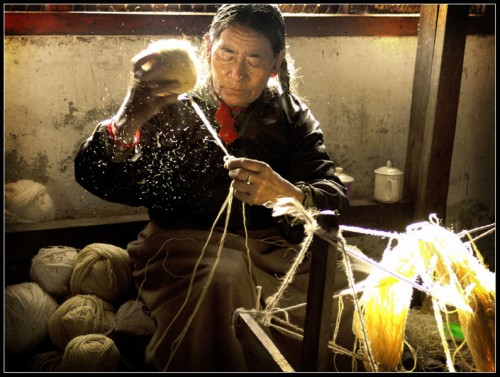
they give context to the subject you’re photographing
they give points of interest to shots (something you need to watch as you don’t want to distract from your subject too much)
they help your subject relax
they often give the viewer of your shots real insight into the personality and lifestyle of your subject
These shots sit somewhere between the purposely posed shots of a studio portrait (they are posed and they are unmistakably ‘portraits’) and candid shots which capture people almost incidentally as they go through their daily life.
So lets turn our attention to some ‘how to’ tips on environmental portraits.
How to Take Environmental Portraits – the Tips:
Spend time getting to know your subject
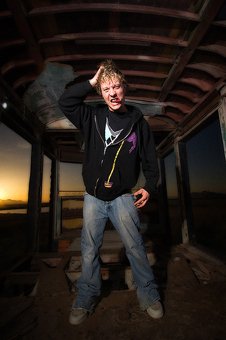
Choosing a Location
Sometimes a location chooses you (it’s easy) but on other occasions you need to be quite deliberate and purposeful in making your choice (and it can take a lot of searching). When choosing your environment you ideally want to get one that:
says something about your subject – after all that’s what this style of photography is all about
adds interest to the shot – as I’ve written in previous tutorials – every element in an image can add or detract from your shots. The environment that you place your subject in needs to provide context and be interest without overwhelming the shot
doesn’t dominate the shot – sometimes the location can dominate the image so much that it distracts your viewer away from your main focal point (the subject). Try to avoid cluttered backgrounds (and foregrounds), colors that are too bright etc. Keep in mind that you might be able to decrease the distractions with clever use of cropping, depth of field and subject placement.
Props?
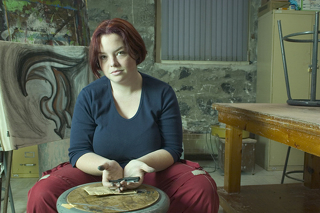
The same goes for the clothes that your subject wears. Try to be true to the context without getting too outlandish.
Posing
What sets the environmental portrait apart from candid portraits is that you post your subject (it’s a fine line and you might end up doing a bit of both in any given shoot). Don’t be afraid to direct your subject to sit, stand or act in a certain way that fits with the environment that you’re shooting in. Some of the poses might seem slightly unnatural and dramatic but it’s often these more purposely posed shots that are more dramatic and give a sense of style to your shot.
The expression on the face of your subject is also very important in environmental photography and you should consider how it fits with the overall scene. For example if you’re shooting in a formal environment it may not be appropriate to have your subject with a big cheesy smile and you might like a more somber or serious look. Again – mix it up to see what does and doesn’t work.
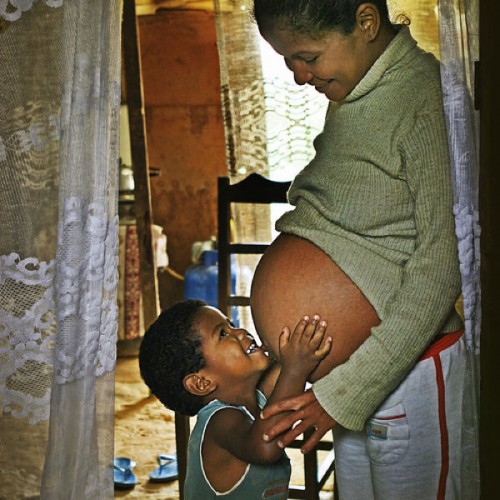
There is no right or wrong way to set your camera up for an environmental portrait as it will depend completely upon the effect you’re after and the situation you’re shooting in. You might find that shooting at a smaller aperture (larger numbers) will be appropriate as it will help keep the foreground and background in focus. I generally shoot with a wider focal length in these situations also to give the environment prominence in the shot. Of course this doesn’t mean you can’t shoot more tightly cropped or with a large aperture and shallow depth of field – ultimately anything goes and you’ll probably want to mix up your shots a little.
Have you done any environmental portrait photography? What tips would you give other readers? Feel free to share your tips below in comments.
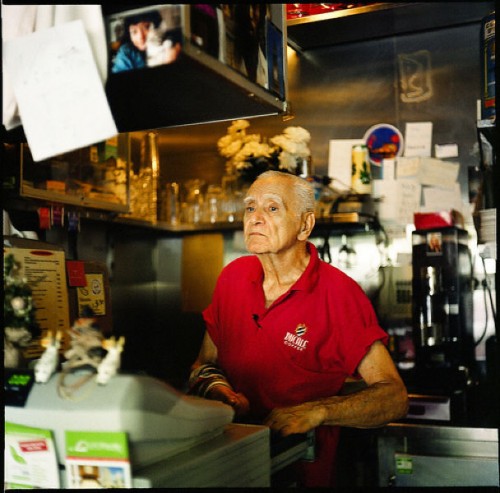



.gif)





